The town of Carrara is wedged and hidden by a narrow valley, in front of the majestic scenery of the Apuan Alps, in northern Tuscany. Its mountains host the amazing white marble quarries, already known by the ancient Romans that used the precious material to build buildings and statues of the Roman Empire.
Here is where artists such as Michelangelo Buonarroti and Antonio Canova came to select the marble blocks for their artworks.
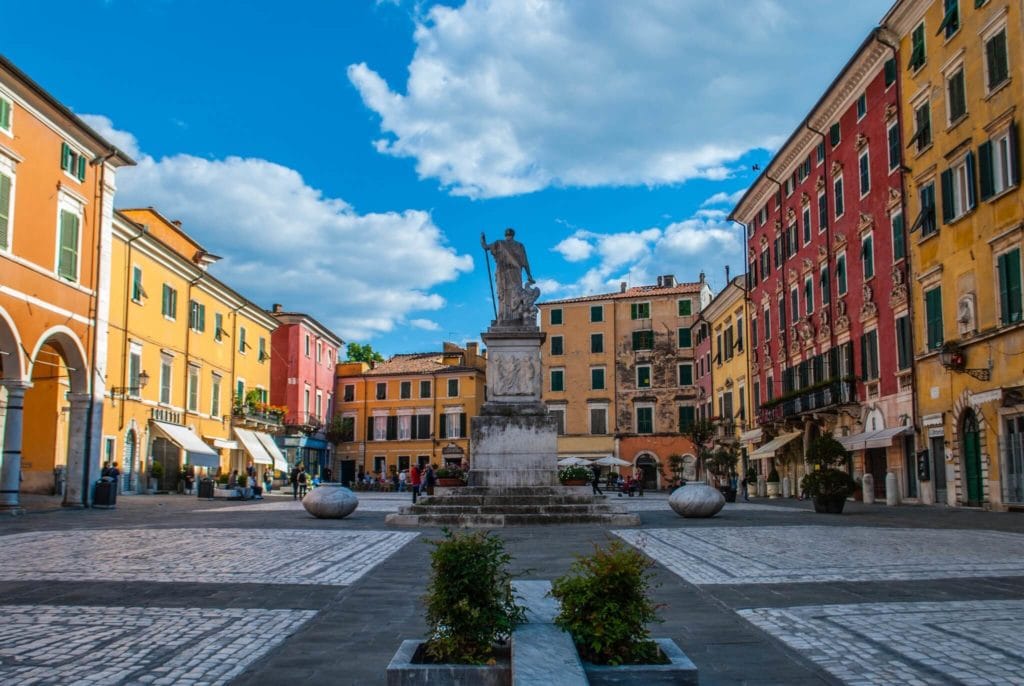
Approaching northern Tuscany, both passing through the motorway or coming by sea, it is impossible not to notice with astonishment the height of the Apuan Alps.
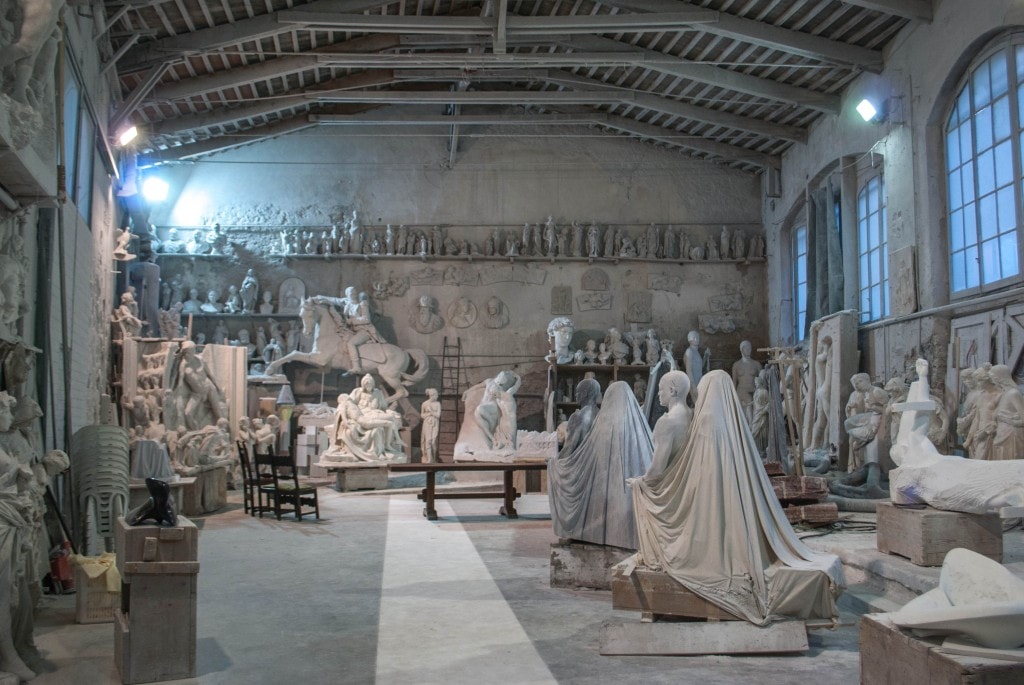
Carrara is the world capital for the mining, processing, and trading of white marble. The economy of the whole area revolves around the marble. Unfortunately, or fortunately, Carrara is not popular among the mass tourists that usually visit the most famous cities such as Florence, Siena, or the countryside of Val d’Orcia.
The town is listed in the Unesco Creative Cities Network in the creative field of Craft and Folk Art. UNESCO has always promoted international cooperation in education, sciences, culture, communication, and information. Moreover, it also put efforts to foster innovation and creativity as key drivers for more sustainable and inclusive urban development.
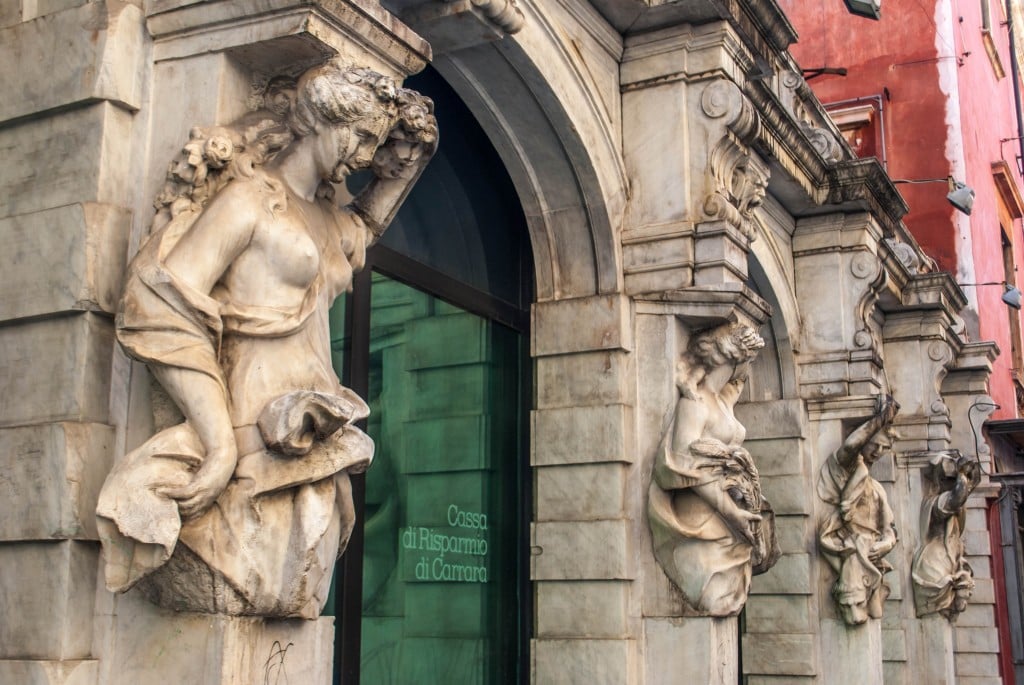
When I was at primary school, my teacher Mrs. Emma told the class an ancient legend that reveals why Carrara has so much white marble. The legend says:
At the time of Creation, God gave his angels a task. They had to spread an entire bag of white dust all in an equal manner over the whole world. The angels assured God they would have followed his instructions but, while flying above Carrara, the bag fell and all its contents dispersed on Carrara’s mountains.
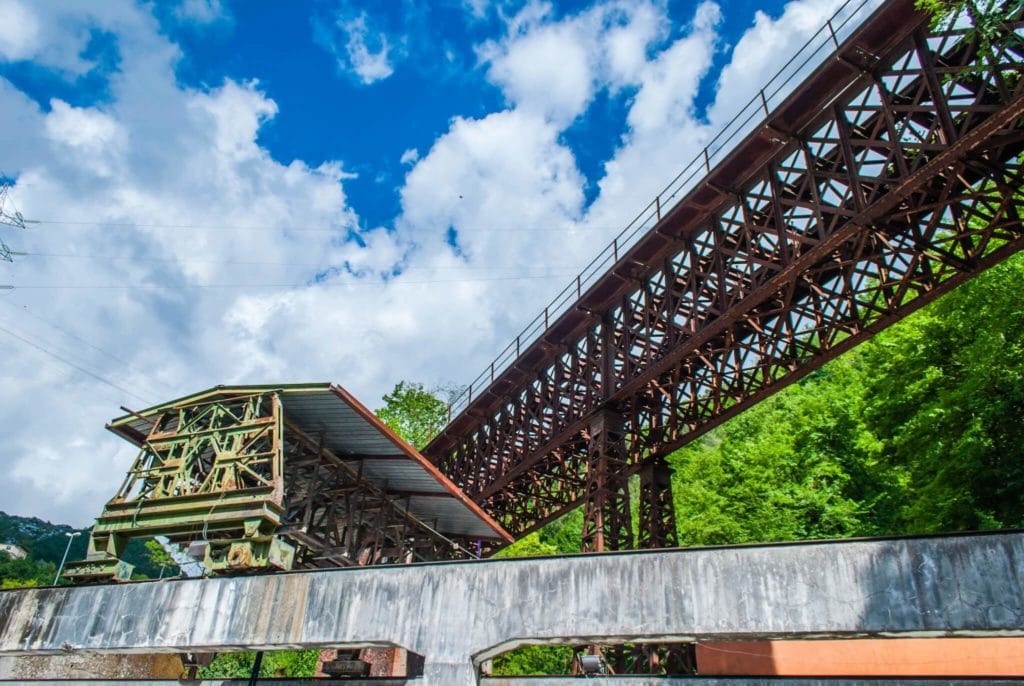
A short history of Carrara and its foundation
The Apuani were an ancient tribe of shepherds and farmers settled in the mountains of this area. They used to reach the coastal area only for trading with Etruscans and probably with ancient Greeks.
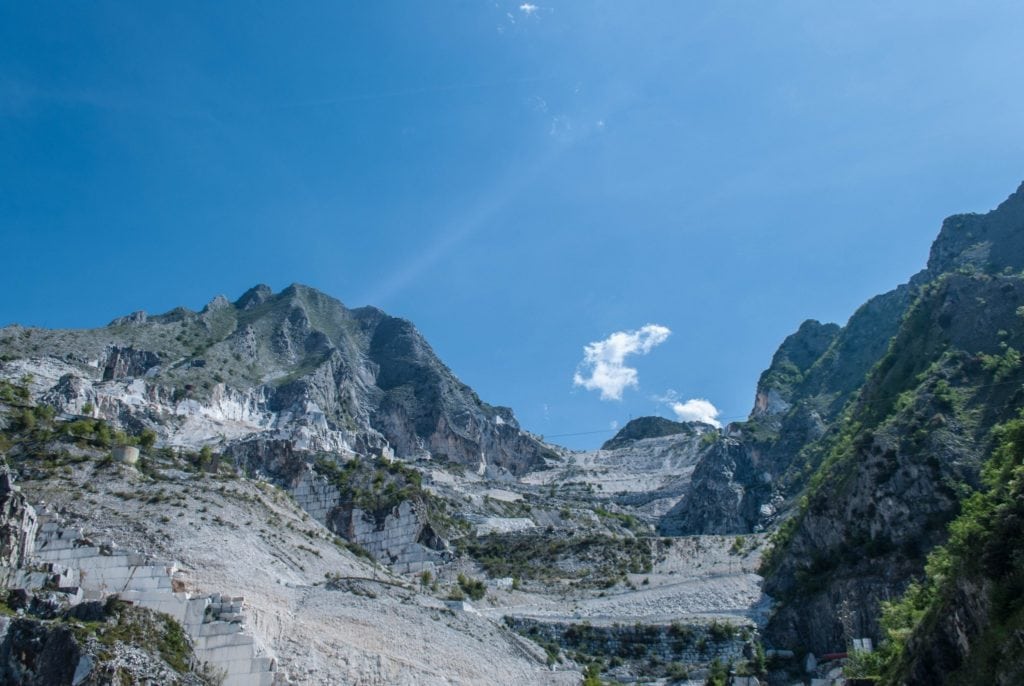
During the Roman Empire expansion, the Apuani defeated the Roman troops many times, defending their settlements with bravery and exceptional strength. But in the end, the Romans gained the upper hand and colonized the Apuani. The founders of the city of Carrara were the Lunensi, the inhabitants of Lunae, a Roman settlement not far from the actual town. The Lunensis were the descendants of the ancient Roman invaders who conquered the settlement inhabited by the Apuani tribe, who originally populated the surrounding mountains.
Originally, Lunensis lived in the current archeological site of Luni where an amphitheater is still visible. At least until Barbarians attacked them. To save their lives, some Lunensis escaped and hid where the current city of Carrara is located.

Between the 15th to the 18th century, Carrara belonged to the Malaspina family. At that time they were the owners of the whole area of Lunigiana including the close city of Massa.
What to See and Where to Go Around Carrara
The historical town center
The Old Town of Carrara lies near the stream Carrione. The downtown is a maze of narrow streets and alleys, with shops and internal squares, where you can find hidden marble art studios and nice corners adorned with flower pots by the inhabitants.

FOOD TIP: Once in Carrara downtown take a break at the Pizzeria Tognozzi. They make the best pizza by the slice and Cecìna in town. Cecina is a traditional street food in Tuscany. It is a kind of flatbread made with chickpea flour, soft inside and crispy crust outside. But here in Carrara, you MUST call it Calda, literally hot. Order a focaccia con la calda. And if you are really carb lovers don’t miss the Focaccia Gnam Gnam, a triangle of warm focaccia stuffed with one slice of pizza and one slice of Calda. What do you think? I would say you have to try it!
If you want to try to make your homemade Cecina, also called Calda or Torta di Ceci, here is our recipe to bake the chickpea flatbread.
The colorful Piazza Alberica
Colorful Baroque style Palazzi surrounds the Piazza Alberica the beautiful square, the hotspot of Carrara. In the middle, the statue of Maria Beatrice D’Este on top of a marble fountain steals the show. The square is also the heart of the local social life and the place where people get to get a glass of wine or socialize by having an espresso.

The Duomo
The Duomo dates back to the 12th century, with a splendid two-color marble façade. The church is equipped with an extraordinary gothic rose window. The bell tower, dated in the 14th century, resembles the typical Ligurian bell tower.
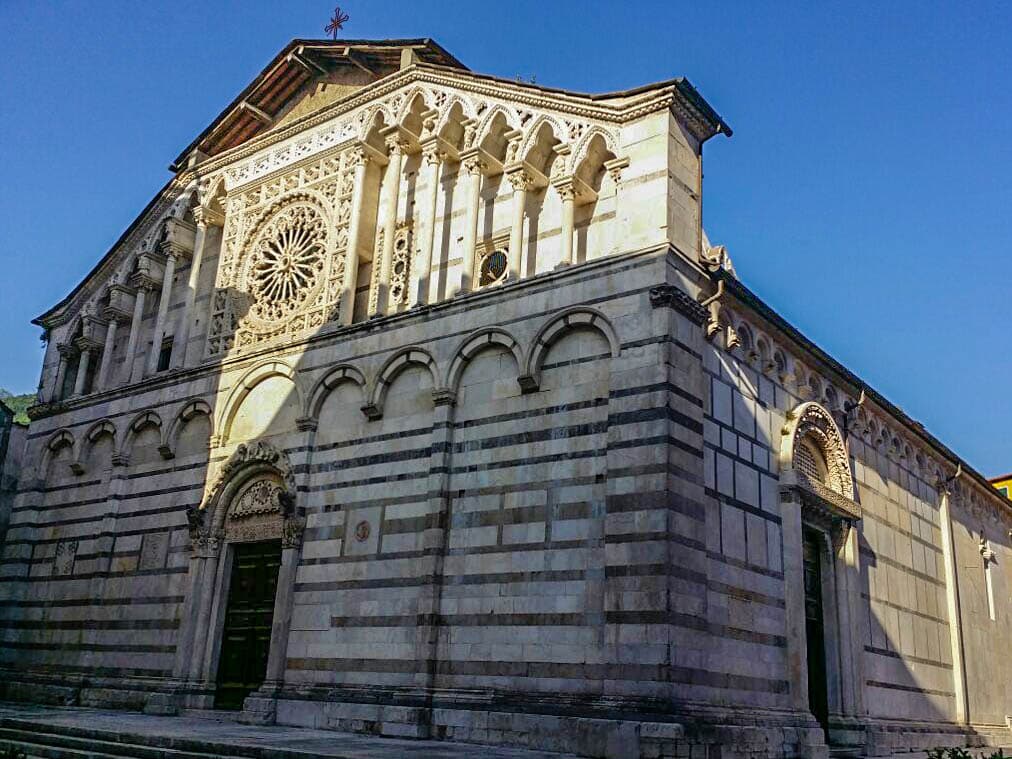
The Accademia delle Belle Arti
The Accademia delle Belle Arti is the hotbed of young artists from all over the world. Accademia started enrolling students in painting, sculpture, and architecture in 1757, thanks to Maria Teresa Cybo Malaspina, Duchess of Massa Carrara and Princess of Carrara. In 1810, Elisa Bonaparte donated the palace that today hosts the Accademia. The building was an ancient fortress dated back to 1187 and has a lovely Renaissance courtyard, where many student plaster works of the 19th century are exposed.
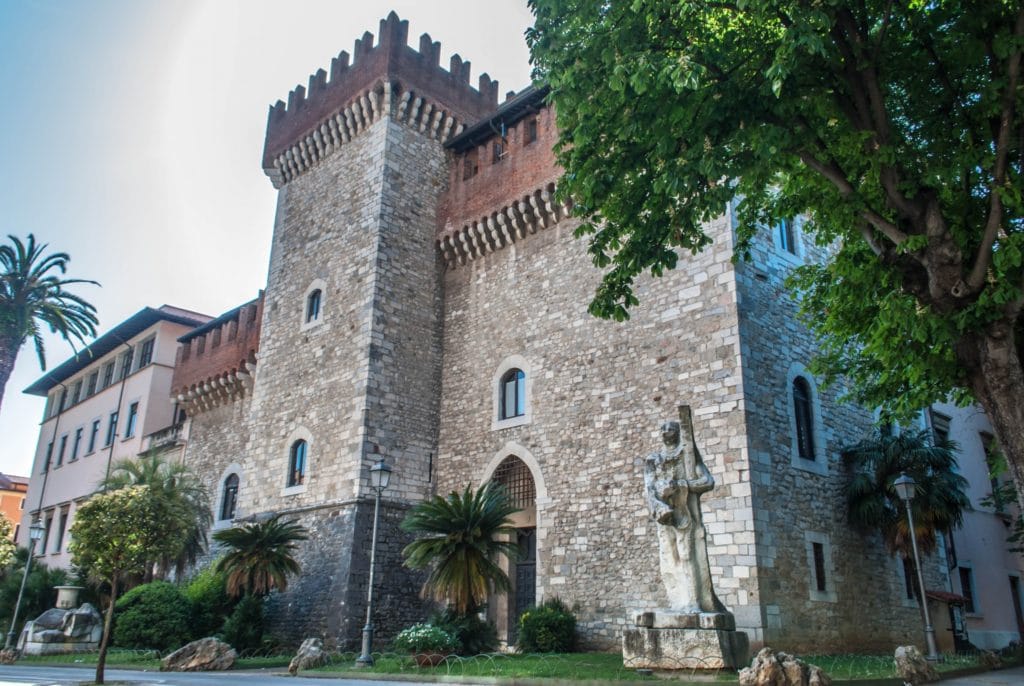
Palazzo Cucchiari
Do not miss one of the temporary art exhibits at Palazzo Cucchiari. This beautiful nineteenth-century residence is enriched with lovely frescoes on the walls, ceilings decorated with paper-mâché, sparkling marbles, and decorations in precious cypress wood.
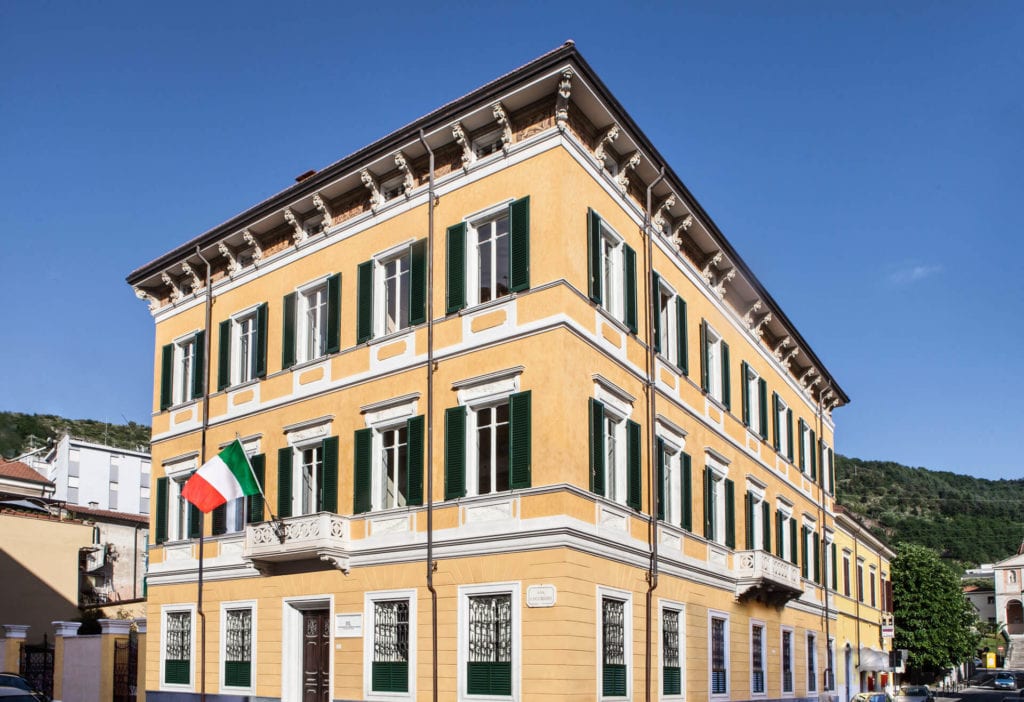
The Museum of Marble
The Museum of Marble collects the immense archeological heritage of Carrara. Inside, you find important marble collections and archeological pieces of evidence. You can also admire statues made by artists from all over the world who came to Carrara to choose their marble blocks and sculpt their works of art.
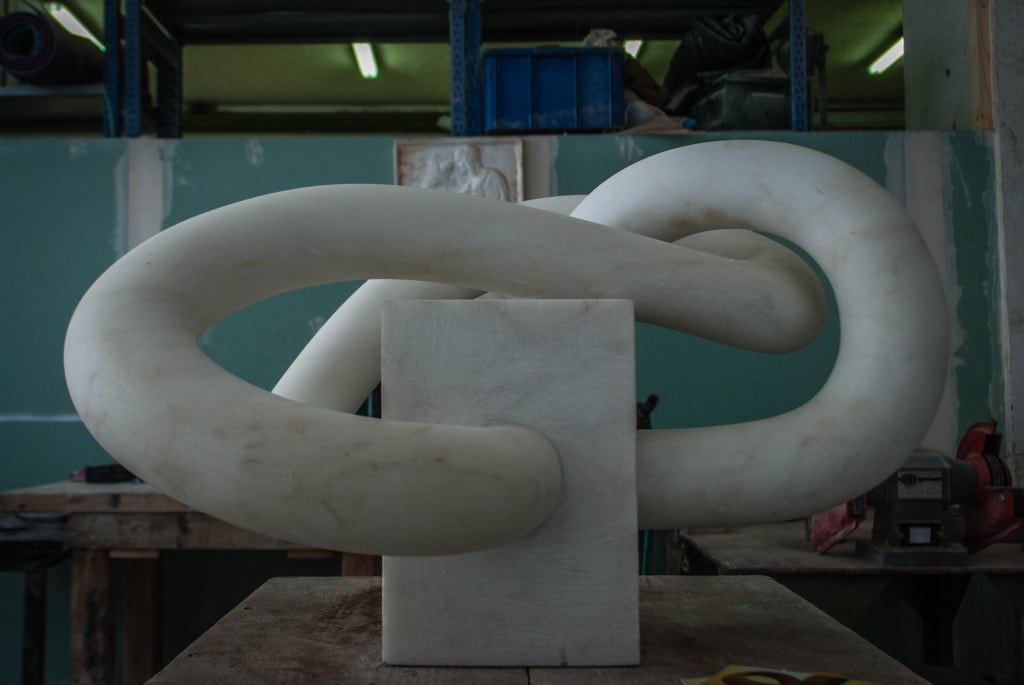
The marble quarries
The high mountains of the Apuan Alps host white marble quarries. They are the hotspot of the area. Always crowded with trucks, wheel loaders, and excavators, this unique lunar landscape deserves a visit.
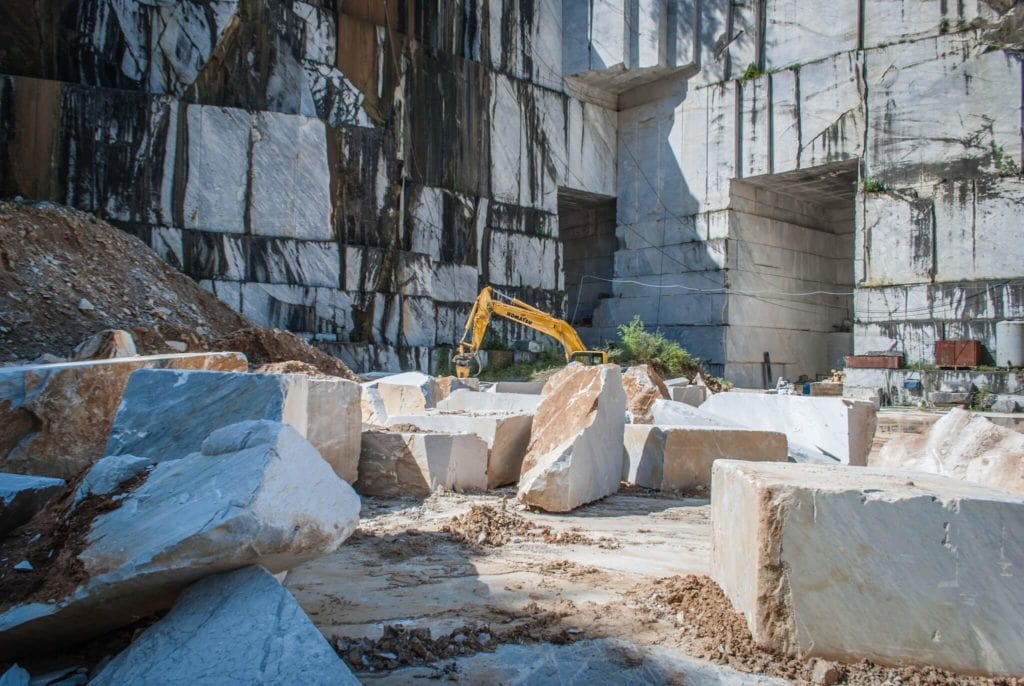
I suggest you visit the Galleria Ravaccione, a unique indoor quarry, and the Cava Museo (Quarry Museum). The museum is the result of forty years of research made by Walter Danesi, the owner of a little but fundamental souvenir shop.
Another option is joining an adventurous guided tour in a 4×4 Jeep of an open-air marble quarry. Usually, these tours end with a tasting of the Lard of Colonnata, a real excellence of the Italian culinary tradition.
The village of Colonnata
Colonnata is a tiny village not too far from Carrara. It is famous worldwide, especially among foodies for the lard. Lardo di Colonnata is a delicious cured meat that you have to taste. In town, you also have the chance to visit one of the Larderie and learn how the Lard is made.
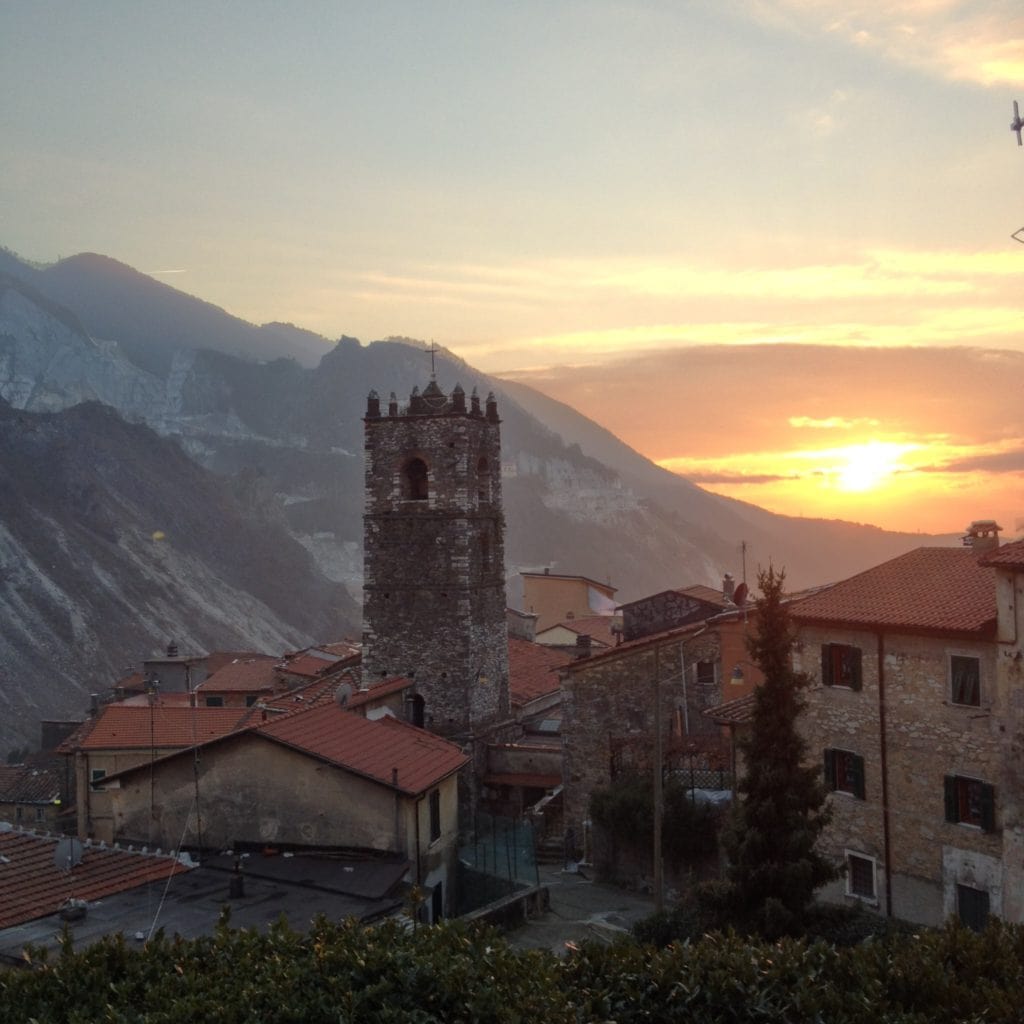
The Marina of Carrara
Marina di Carrara is the coastal district of the town. Here, locals crowd the beach during summertime relaxing on a beach lounger in one of the many bath establishments.
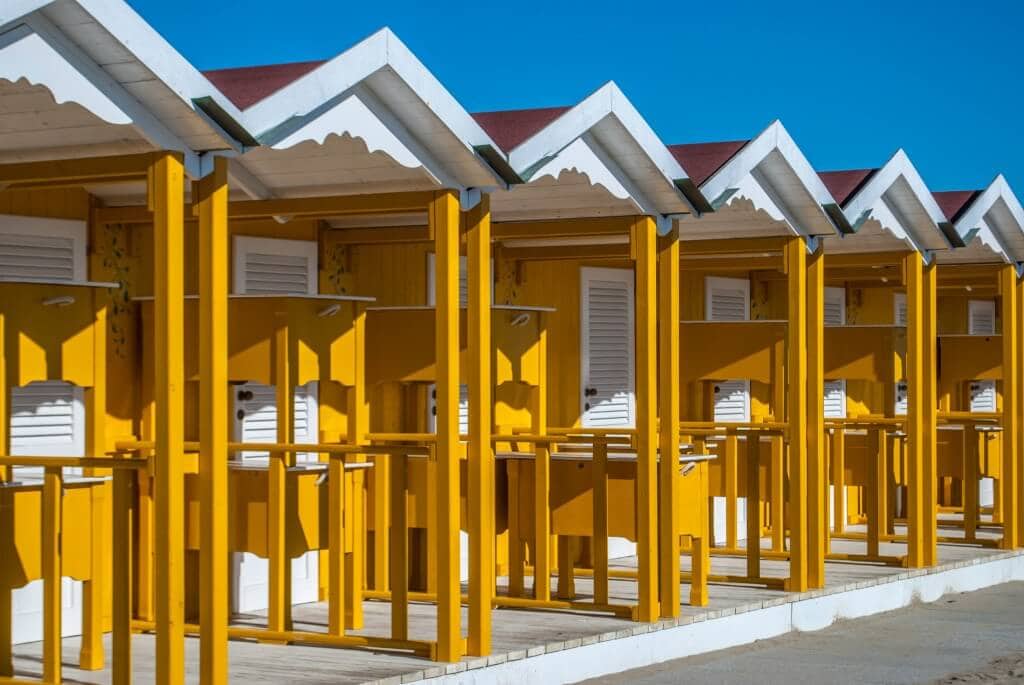
The Tower of Castruccio Castracani of Avenza
Avenza is a district of Carrara, that lies along the Via Francigena. Its name probably comes from the Italian term “Avanzo” (Remains), intended as remains of the ancient city of Lunae. Some historians are sure that even before the end of the ancient Roman city, some people founded a settlement in this area. Instead, some other historians think that the term comes from a common root of the word “water, brook”.
In Avenza is located the ancient Tower of Castruccio Castracani degli Antelminelli, Lord and Duke of Lucca. This medieval stronghold is the remnant of an ancient castle that was in the center of the old village.
Events in Carrara
Every end of May an interesting event takes place for two days in town, the Carrara Studi Aperti. All studios open their doors to visitors who have the unique opportunity to see artists at work, talk to them, and admire their artworks.
Another interesting event is Marble Week in July where artists decorate the square of the town with their best works.
Every end of August, for two weeks, the fair center in Marina di Carrara hosts the September Fest. It is one of the biggest beer festivals in the region that attracts thousands of locals and visitors to taste Bavaria’s typical beer and food.
Finally, in September, the historical center is the house of Con_Vivere. The festival has a big calendar full of events, music, and street food. But the most interesting things are panel discussions to reflect on the situation of the planet Earth and the relationships between people and different cultures.

Thank you for many great articles ! We are visiting Carrara in July 2023. We want to do a marble tour in a quarry. But could you help us with a few questions please:
1. Would you know the dates of ‘Marble Week’ in 2023?
2. Should we stay in Carrara or somewhere nearby? While in the area we would like to visit Cinque Terre and any other beach side area you recommend. We are not looking for exclusive beaches or beach clubs.
3. Our goal for our trip is to eat like the locals. Any recommendations?
We are are family of four (2x kids under 10). We are on foot but can hire a bike or car if necessary.
Dear Marisa, thanks for leaving a comment. We do not know the dates of Marble Week 2023. Usually, it takes place in June. In Carrara downtown, there are not many kinds of accommodation. My suggestion is to stay somewhere along the coast (Viareggio, Camaiore, Pietrasanta, Forte dei Marmi, Marina di Massa, Marina di Carrara). Hire a car would be good because you have more freedom to explore the area. All these places have a train station and the best way to visit Cinque Terre is by train. So would be perfect. Concerning food, Tordelli with meat ragout is the traditional dish of all the places I told you about before. Being on the seaside, fish dishes are part of the culinary tradition. Take a look at this article to learn a bit more about this coastal area of Tuscany (which is called Versilia and Riviera Apuana): https://mytravelintuscany.com/15-things-to-do-in-versilia/